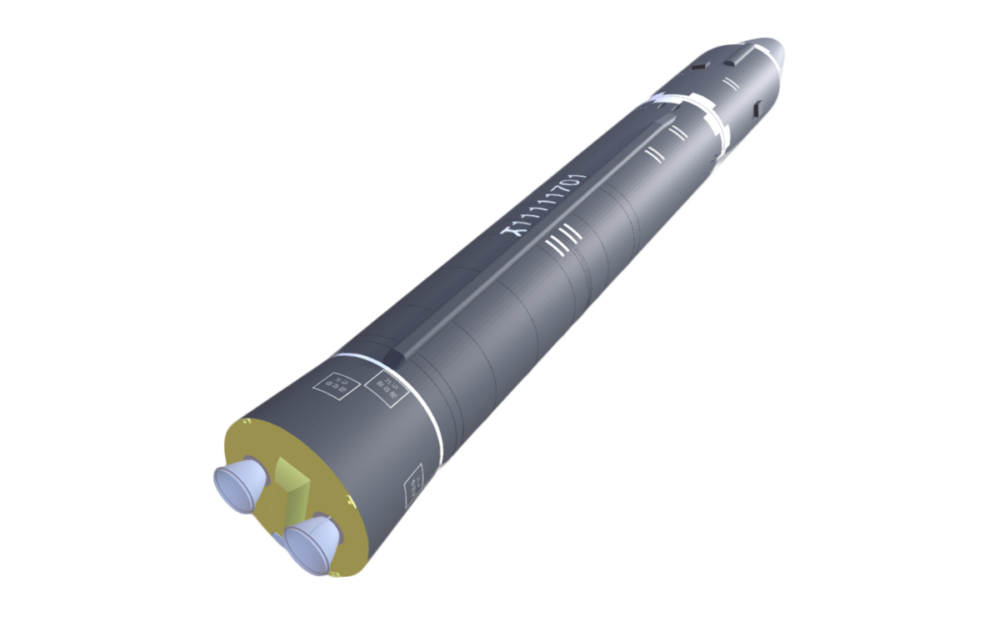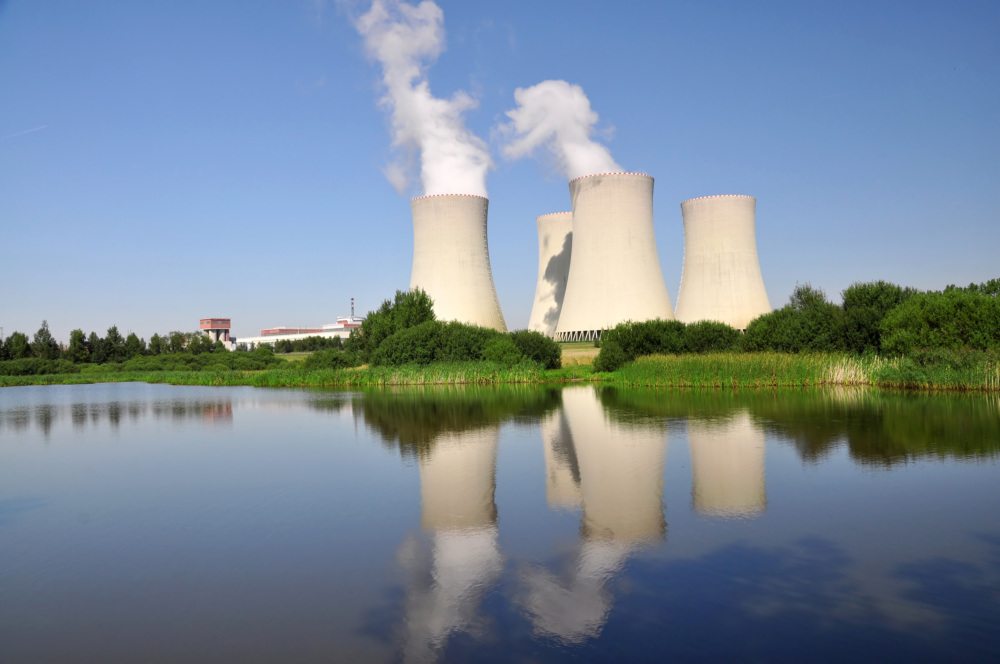
The CNS North Korea Missile Test Database
A collection of missile tests including the date, time, missile name, launch agency, facility name, and test outcome.
Forcibly incorporated into the USSR in 1940, Estonia was home to major Soviet nuclear and military facilities. After it regained its independence in 1991, Tallinn dismantled many of the Soviet-era facilities and joined international treaties, regimes, and organizations, including both NATO and the European Union in the spring of 2004.
Estonia is a party to the Treaty on the Non-Proliferation of Nuclear Weapons (NPT) and the Comprehensive Nuclear Test Ban Treaty (CTBT) and has an Additional Protocol in force with the International Atomic Energy Agency (IAEA). Estonia boycotted negotiation of the Treaty on the Prohibition of Nuclear Weapons (TPNW) and has not signed nor ratified the Treaty. [1]
Estonia played an important role in both the civilian and military nuclear programs of the former Soviet Union. The four nuclear-related facilities in Estonia are the Sillamae Metal and Chemical Production Plant (known as Silmet), the Paldiski nuclear reactor training facility, the Tammiku and Saku waste depositories, and the Dvigatel factory. Currently, Estonia has no operating nuclear power reactors. The two waste depositories ceased operation in 1996 and are now undergoing decommissioning. [2]
Established in 1946 for the production of uranium oxides, Silmet produced over 100,000 tons of uranium for almost 70,000 nuclear weapons, and operated in complete secrecy for several decades. [3] Uranium ore for the Soviet Union's first nuclear weapon was refined at Silmet. [4] In 1990, Silmet stopped refining uranium ore and focused exclusively on the production of rare-earth metals. [5] In October 2008, the firm responsible for disposing of radioactive waste at the Silmet site announced that it had successfully completed cleanup. [6] Paldiski was the site of a Soviet (and subsequently Russian) naval base from 1968 to August 1994, and housed two pressurized-water submarine training reactors. [7] The Russian government removed and sent to Russia the 20% enriched uranium fuel, dismantled the reactors, and encased them in a concrete sarcophagus before transferring control of the facility to Estonia in 1995. [8] In 2014, the Estonian government approved funds to undertake the preliminary research necessary for the final dismantlement of Paldiski and to establish a storage system for waste. [9] Dvigatel was established in 1897 as a rail-car production facility, which during the Soviet era fulfilled complex state equipment orders for the nuclear and space industries. [10] Formerly one of the largest enterprises in the Soviet Union's military-industrial complex, Dvigatel was privatized in early 1996, and was later turned into an industrial park. [11]
The IAEA, the United States, Norway, Sweden, and other states have aided Estonia in improving safety and security at nuclear-related sites and in managing radioactive waste. [12] The United States has also provided equipment and training to improve Estonia's export control system. [13] As a condition of joining the European Union in 2004, Estonia upgraded its export control system; improvements included the addition of a catch-all clause and the development of an electronic license application system. [14]
In October 2006, the utility companies of Estonia, Latvia, and Lithuania released a joint feasibility study calling for the construction of a new nuclear facility to replace Ignalina-2, which closed in December 2009, with the goal of reducing Baltic dependence on imported Russian energy. [15] However, since then, there were no significant changes. As of 2020, site selection for Estonia's first nuclear power plant is underway. [16]
Estonia acceded to the Biological and Toxin Weapons Convention (BTWC) in June 1993, and is a member of the Australia Group. There is no evidence to suggest that Tallinn possesses or is pursuing biological weapons capabilities.
Estonia is a founding member of the Organization for the Prohibition of Chemical Weapons (OPCW), a party to the Chemical Weapons Convention (CWC), and a member of the Australia Group. There is no evidence to suggest that Tallinn possesses or is pursuing chemical weapons.
Estonia is a party to the Hague Code of Conduct Against Ballistic Missile Proliferation.
On February 15, 2020, the United States delivered 128 anti-tank Raytheon Javelin missiles to the Estonian Ministry of Defense and Estonian Defense Forces as part of a larger contract signed by the Estonian Center for Defense Investment and the U.S. Department of Defense. [17]
Sources:
[1] Estonia, Nuclear weapons ban monitoring logo, www.banmonitor.org.
[2] Merle Lust, "Building up the radiation protection infrastructure in Estonia," 2008, International Nuclear Information System, www.iaea.org; "Details on Nuclear Waste Death Incident," JPRS-TEN-95-003, 24 February 1995, p. 55.
[3] Kristjan Kaljund, "A Catastrophic Legacy," Transitions Online, 2 March 2000, www.tol.org; AS Silmet website, www.silmet.ee.
[4] Ann MacLachlan, "Estonia to Take Title to Cleaned Ex-Soviet Nuclear Training Site," Nucleonics Week, 7 September 1995, p. 7.
[5] AS Silmet website, www.silmet.ee.
[6] Anneli Reigas, "Estonia cleans up Soviet era radioactive waste dump," Agence France- Presse, 20 October 2008.
[7] Saulius Girnius, "Russia Hands Over Paldiski Base to Estonia," OMRI Daily Digest, 27 September 1995, p.1.
[8] "Russians Remove Rods from 2d Paldiski Reactor," FBIS-SOV-94-197, October 10, 1994; "Case Studies," Base Closure and Redevelopment in Central and Eastern Europe, Bonn International Center for Conversion Report II, July 1997, pp. 62-63.
[9] Ministry of the Environment, "Paldiski nuclear object to be decommissioned using funding from the European Union," Press release, Government of the Republic of Estonia, August 21, 2014, www.envir.ee.
[10] Yaroslav Tolstikov, "Dvigatelyu' – 100," Molodezh Estonii, 7 May 1999.
[11] Yaroslav Tolstikov, "Dvigatelyu' – 100," Molodezh Estonii, 7 May 1999; Marina Sergeyeva, "Yadernoye sotrudnichestvo s etnicheskim podtekstom," Kommersant, 18 May 1996, p. 4; "Production and storage buildings, Dvigatel Industrial Park," Merko Ehitus Construction, 6 February 2003, www.merko.ee.
[12] "Nuclear Safety," GAO/RCED-96-4, p. 29; "European Union to support Estonia's preparations to join the EU with 400 million kroons," Delegation of the European Commission, 12 November 2002, www.euroopaliit.ee.
[13] NIS Export Control Observer, Center for Nonproliferation Studies, June 2004, www.nonproliferation.org; "Estonia receives weapons detection devices," Baltic Times, 25-31 May 2000, p. 4.
[14] Scott Jones, "EU Enlargement: Implications for EU and Multilateral Export Controls," The Nonproliferation Review, Summer 2003; University of Georgia's Center for International Trade and Security (CITS) correspondence with Toomas Raba, Export Control Commission, Estonian Ministry of Foreign Affairs, October 2003.
[15] "Baltic utilities say new nuclear is best new capacity choice," Nucleonics Week, 26 October 2006; Ignalina Nuclear Power Plant, www.iae.lt.
[16] “Search for location of Estonia's first nuclear power plant underway,” 24 January 2020, www.news.err.ee.
[17] Press Release: U.S. Delivers Javelin Missiles to Estonia, U.S. Embassy in Estonia, 2 April 2020, www.ee.usembassy.gov.
Sign up for our newsletter to get the latest on nuclear and biological threats.
A collection of missile tests including the date, time, missile name, launch agency, facility name, and test outcome.
At this critical juncture for action on climate change and energy security, 20 NGOs from around the globe jointly call for the efficient and responsible expansion of nuclear energy and advance six key principles for doing so.
Information and analysis of nuclear weapons disarmament proposals and progress in Belarus
